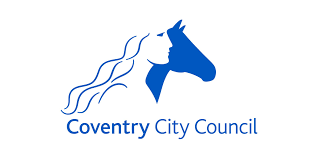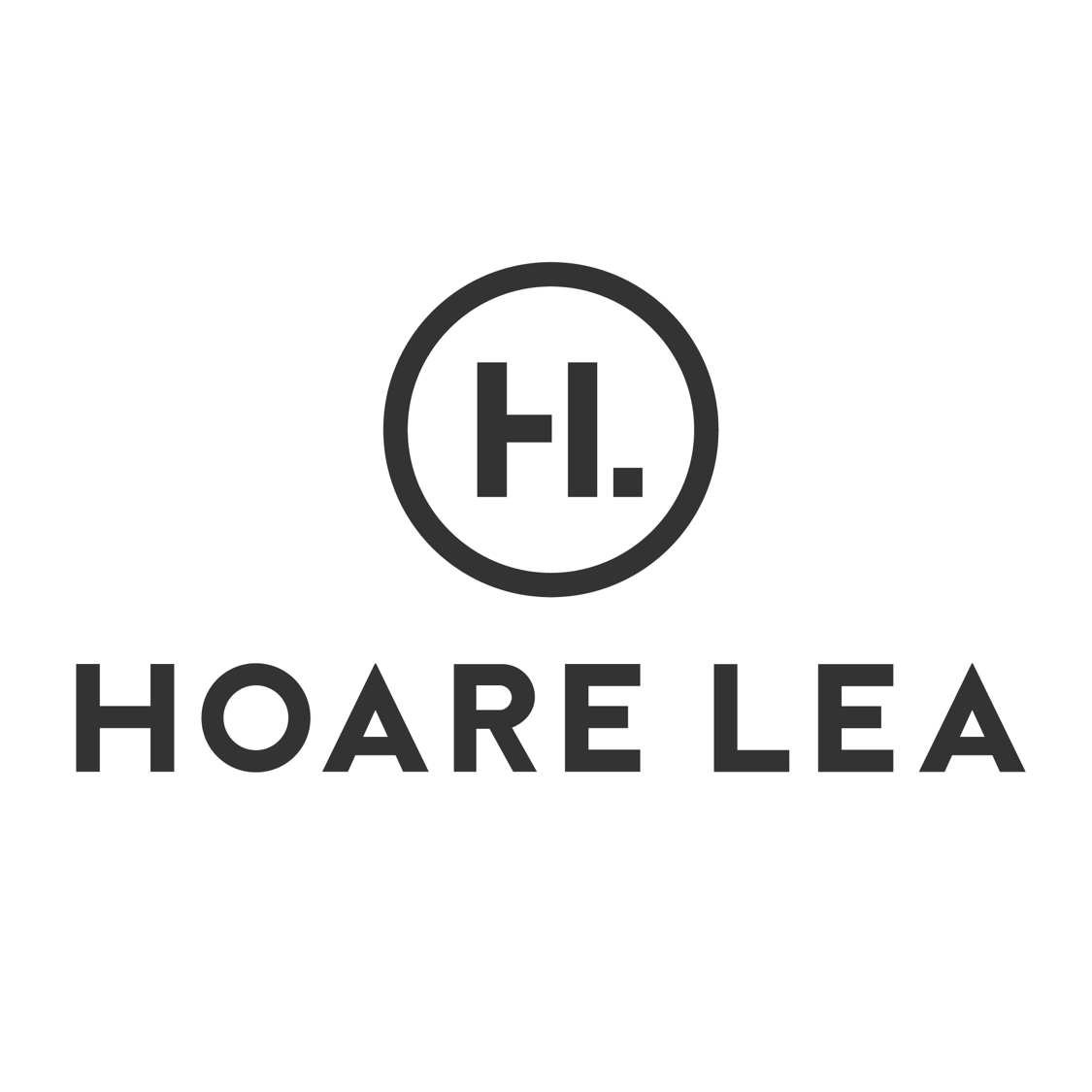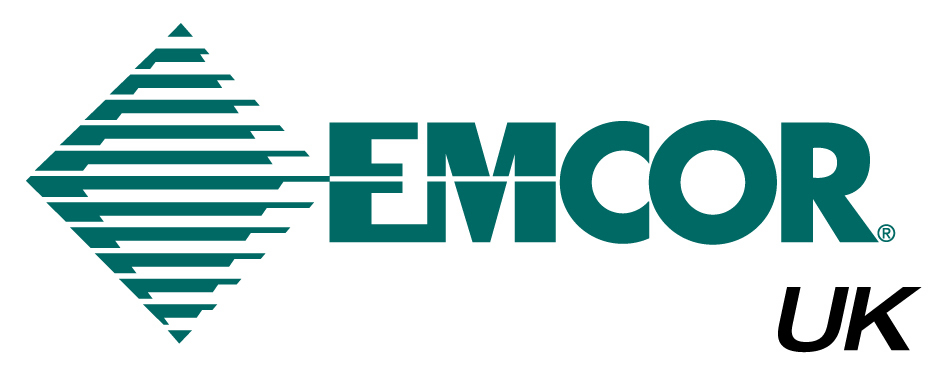SIMPLE TOOLS FOR BUILDING PERFORMANCE EVALUATION
For property professionals, Purrmetrix provides the tools and data to deliver comfortable, efficient homes, offices and schools. Our uniquely flexible kit of sensors and analytics gather data to provide deep insights into how the fabric is performing.
From monitoring comfort, to heating control, ventilation rates, heat loss and condensation risk, better data gives better insights into how to retrofit, operate and repair homes and workplaces.
Since 2015 we’ve installed thouands of sensors and analysed millions of data points to help our customers run better retrofits, specify the right solutions and demonstrate effective design.
All based on robust data and award winning analytics.
TRUSTED BY
OUR CUSTOMERS & PARTNERS
FROM OUR
PURRBLOG
15 Aug
Delivering better learning – monitoring in schools
For many schools the last two years have posed huge challenges in maintaining comfortable, healthy learning environments. First the
Find Out More
07 Aug
Monitoring that matters – how to measure the success of your retrofit
Landlord or a homeowner, monitoring your retrofit gives you the information you need to get the best from your
Find Out More
30 Jul
Closing the loop – electricity monitoring with Purrmetrix
Looking for energy monitoring? We’re delighted to say we now have a solution for you – Purrmetrix now provides
Find Out More









